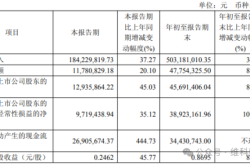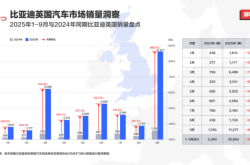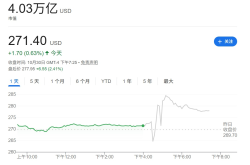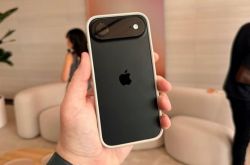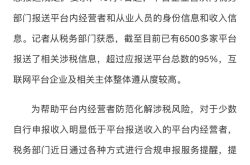Xiaomi's Mediocre, vivo's Aggressive, and OPPO's Balanced Ultra Flagships: A Sharp Review
![]() 05/09 2025
05/09 2025
![]() 512
512
The Xiaomi 15 Ultra, OPPO Find X8 Ultra, and vivo X200 Ultra represent the pinnacle of imaging capabilities from Xiaomi, OPPO, and vivo, respectively.
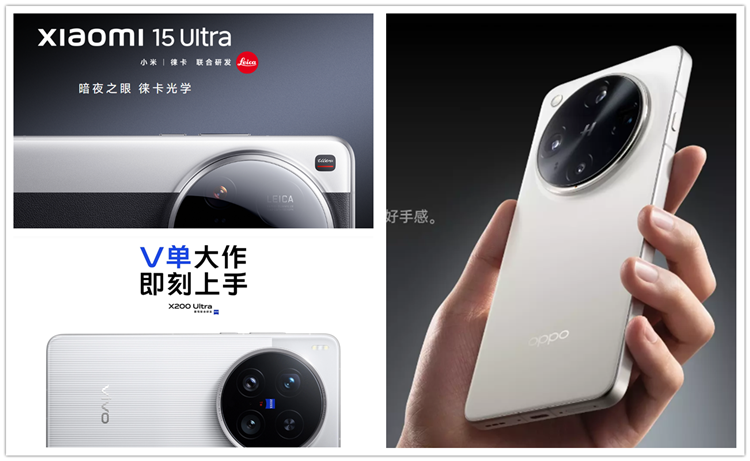
Now that all three domestic Ultra flagship models have been unveiled, do they meet your expectations? Which one do you prefer? Today, let's delve into a sharp review of these imaging powerhouses, starting with the Xiaomi 15 Ultra.
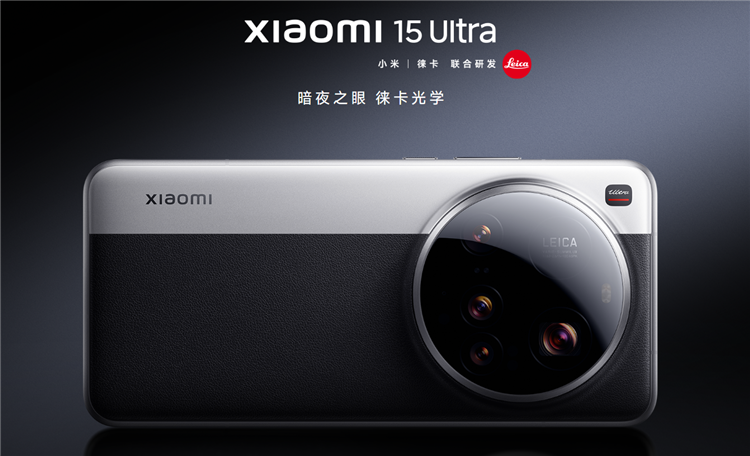
Xiaomi 15 Ultra: Mediocre, Yet a Potential Sales Champion
Personally, the Xiaomi 15 Ultra is the most disappointing of the three. The phone's biggest upgrade and most heavily promoted feature is its 200-megapixel telephoto camera.
If Xiaomi had been the first to launch this lens and branded it as a "night god," it might have been impressive. However, vivo has already used this lens in the X100 Ultra and X200 Pro models. Xiaomi's delayed adoption and lack of innovation with this lens are concerning.
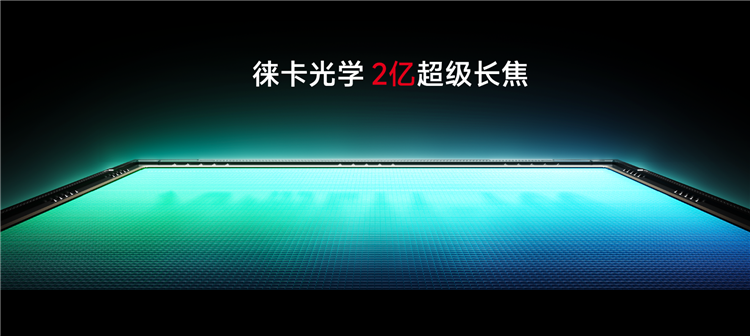
Moreover, Xiaomi's camera optimization isn't up to par, leading to blurry night scenes shortly after launch. Looking back at the pre-launch hype about the "night god," it's quite comical.
While the 200-megapixel telephoto lens is a highlight compared to its predecessor, it's also a point of criticism.
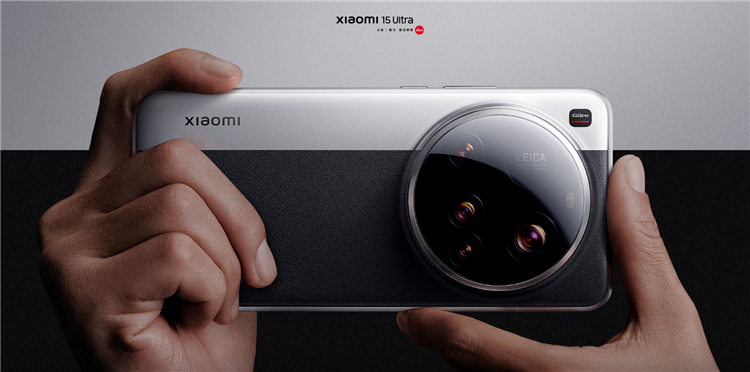
Post-Huawei, domestic mobile phone imaging competition primarily revolved around Xiaomi and vivo. However, starting with the Xiaomi 15 Ultra, it's evident that Xiaomi is being overshadowed by vivo.
Had the Xiaomi 15 Ultra been released last year, competing with the vivo X100 Ultra, it might have exceeded expectations. Now, compared to the OPPO Find X8 Ultra and vivo X200 Ultra, Xiaomi 15 Ultra's only advantage lies in its configuration parameters, possessing both a 1-inch sensor and a 200-megapixel lens.
Fortunately, Xiaomi 15 Ultra's earlier release gives it a slight edge; otherwise, it would appear even more unremarkable.
Despite the criticism, Xiaomi 15 Ultra is likely to be the best-selling Ultra flagship this year, potentially surpassing one million sales. Much of this success can be attributed to Lei Jun and Xiaomi Automobile, which have garnered nationwide attention and driven Xiaomi mobile phone sales.

The Xiaomi 14 and Xiaomi 15 series have found their niche as small-screen flagships, but in terms of imaging, their Pro products have gradually fallen behind OPPO and vivo.
In recent years, Xiaomi mobile phones have lost ground in product competitiveness. For instance, Xiaomi wasn't the first to launch the new generation of 1-inch sensors and 200-megapixel telephoto lenses. Additionally, Xiaomi's watermark function, introduced in the 12S series, has now been surpassed by OPPO.
It's intriguing that the Xiaomi 14 Ultra, released a year ago, recently completed the development of a full-focal-length Dolby Vision function. Should old Xiaomi 14 Ultra users feel amused or disappointed? Shouldn't this feature have been launched at the time of the new phone's release?
Xiaomi's mobile phone system reputation has been at the bottom of the industry, from MIUI 12 to the current Pengpai OS 2. Relying solely on Lei Jun and Xiaomi Automobile for sales isn't sustainable. Xiaomi needs to address its phone system issues to retain old users and attract new ones.
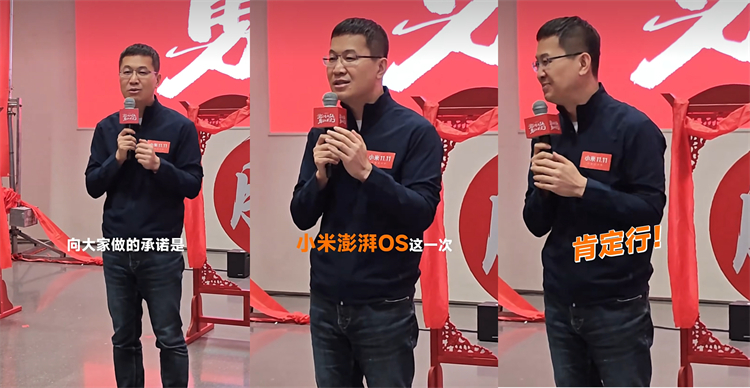
OPPO Find X8 Ultra: Balanced with Surprises
Compared to Xiaomi 15 Ultra and vivo X200 Ultra, OPPO Find X8 Ultra strikes a balance with surprises.
OPPO's flagship imaging in previous generations couldn't compete with Xiaomi and vivo, but it focused on dual periscopes and night portrait photography, which proved effective.
OPPO Find X8 Ultra stands out with its differentiated advantages: dual periscopes, straight-screen design, Danxia True Color lens, and full-link ProXDR experience from preview to sharing.
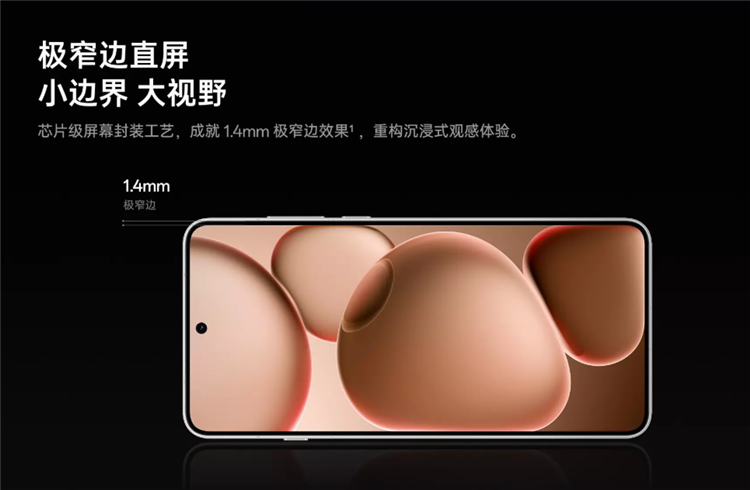
However, OPPO Find X8 Ultra isn't perfect. Despite being advertised as slim, it's not much lighter than the other models. Recently, rumors suggested that OPPO reduced the thermal configuration to achieve slimness, leading to high heat generation during daily use.
OPPO's Legal Department denied these overheating issues, but the rumor may have dampened potential users' enthusiasm.
At the launch event, Liu Zuohu emphasized that OPPO aims to create the best phones for taking photos, not just cameras that can make calls. While this approach ensures a well-rounded phone, it might hinder major imaging innovations.
OPPO Find X8 Ultra maximizes imaging configuration while maintaining a less exaggerated body design. Supported by the excellent reputation of ColorOS 15, it has performed well since its launch.
To some extent, OPPO Find X8 Ultra is a fortunate flagship. With Xiaomi 15 Ultra being mediocre and vivo X200 Ultra being too aggressive, OPPO Find X8 Ultra becomes a moderate choice for users.
However, OPPO still needs to step up its efforts in the high-end market. The disbandment of the Zeku team has left OPPO without a competitive proprietary chip, which is detrimental to high-end market promotion. Moreover, the Find X8 generation's marketing strategy of attaching itself to the iPhone may attract some iPhone users but being a substitute for the iPhone means being inferior.
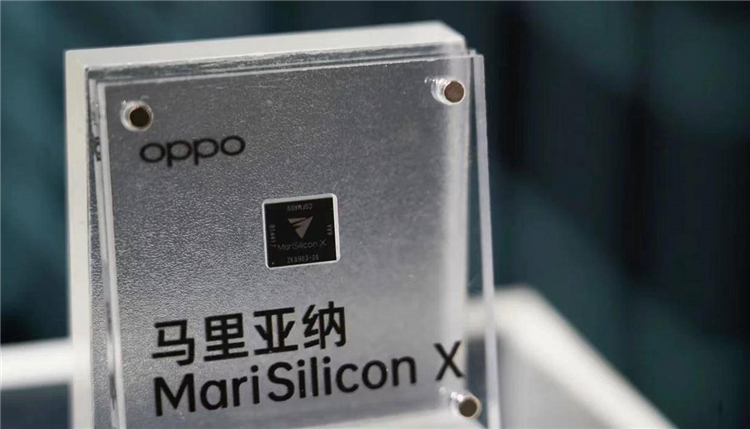
vivo X200 Ultra: Being Too Ahead May Not Be a Good Thing
Describing vivo X200 Ultra's imaging as "aggressive" is apt. The X200 Pro already stood out with a 200-megapixel sensor, making its imaging significantly better than other brands' Pro models and comparable to Ultra flagships.
The Ultra model takes it a step further with three large-sensor lenses for both video and photo capabilities.
To excel in video recording, vivo X200 Ultra uses the 1/1.28-inch LYT-818 ultra-wide-angle lens, far ahead of other Ultra models. With adjusted focal lengths and the use of a large-sensor ultra-wide-angle lens, vivo X200 Ultra achieves full-focal-length 4K 60fps 10-bit log and full-focal-length 4K 120fps, making it the best performer in video recording among the three Ultra flagships.
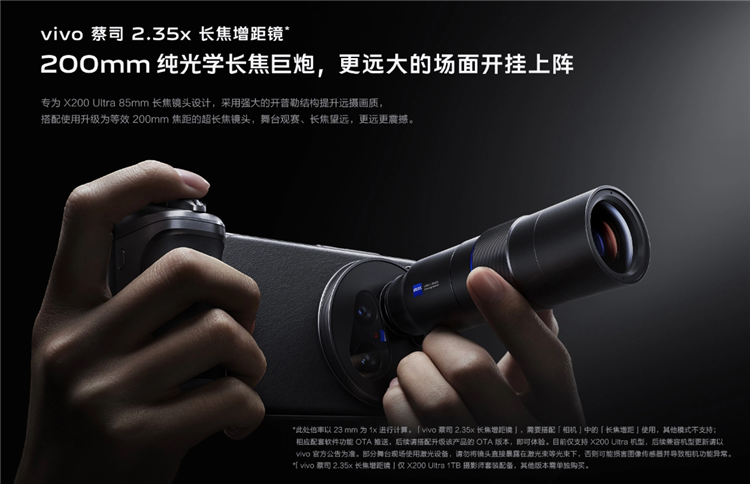
Additionally, vivo X200 Ultra introduces a 2.35x teleconverter lens perfect for concert photography.
While vivo X200 Ultra excels in video and concert photography, it's not without flaws. The 14mm large-sensor ultra-wide-angle lens has advantages, but if you're used to 23/24mm, the other two Ultra models offer better photo quality with their 1-inch main cameras at this focal length.
In the 35mm focal length, vivo X200 Ultra has an advantage, but in the commonly used 50mm focal length, the other two Ultra models' 1-inch main sensor crops are still very competitive.
Moreover, both Xiaomi 15 Ultra and OPPO Find X8 Ultra have telephoto lenses at 70mm, giving them an advantage over the X200 Ultra in certain scenarios.
In terms of design, the camera bump on the X200 Ultra looks quite exaggerated, which may deter some users. Although vivo positions the X200 Ultra as a V-series phone tailored for professional imaging needs, Ultra models don't necessarily have to be detached from the masses.
vivo X200 Ultra is powerful but somewhat disconnected from reality. vivo's confidence in the X200 Ultra led them to directly compare it with the Sony A6700 at the launch event, attracting criticism from professionals.
Despite being somewhat radical, vivo has now taken control of the discourse on mobile phone imaging. When mentioning extreme imaging performance, everyone thinks of vivo.
Conclusion
The Xiaomi 15 Ultra, OPPO Find X8 Ultra, and vivo X200 Ultra each have distinct selling points.
If you prefer straight screens and a balanced Ultra without weaknesses, the OPPO Find X8 Ultra is the best choice.
For those pursuing the ultimate in imaging, with a passion for video recording and ultra-telephoto, the vivo X200 Ultra is the most suitable choice right now.
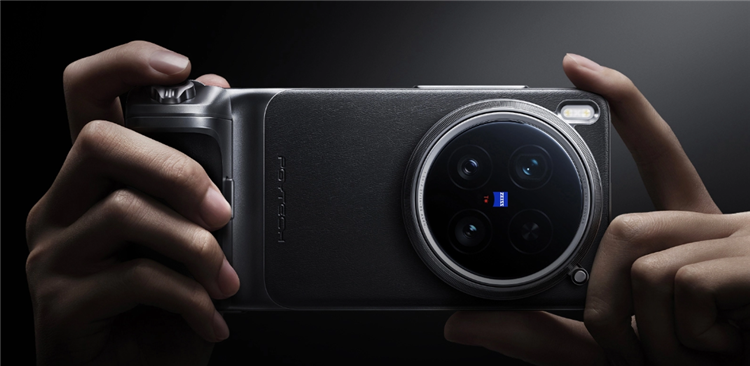
Regarding the Xiaomi 15 Ultra, despite my numerous complaints, it objectively boasts Leica imaging tones, exclusive access to a 1-inch sensor, and an impressive 200 million pixels. While it may feel slightly "awkward" compared to the other two models, it stands as a competent Ultra device provided that imaging optimization receives a boost.
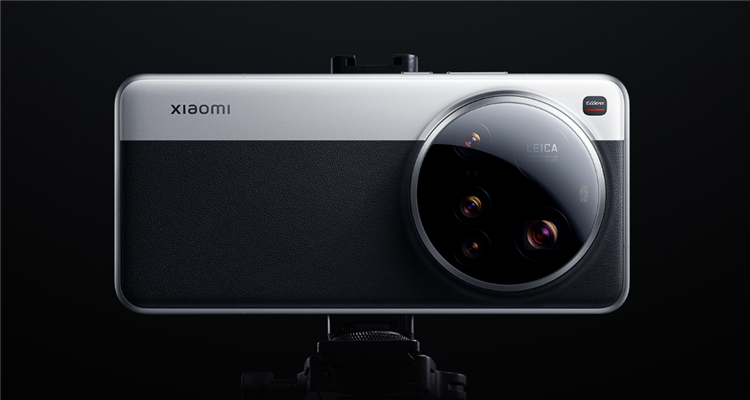
From these three Ultra phones, it becomes evident that once a certain threshold is reached, the mobile phone imaging competition has transitioned into an era tailored for scenario-specific segmentation. Telephoto, video, night portrait, and full focal length capabilities—each phone emphasizes different imaging aspects, enabling users to swiftly identify the Ultra that best suits their needs.
Lastly, the Huawei Pura 80 Ultra is anticipated to launch in May. Will this former leader in mobile phone imaging be able to resolve supply chain challenges and make a triumphant comeback? Time will tell.

